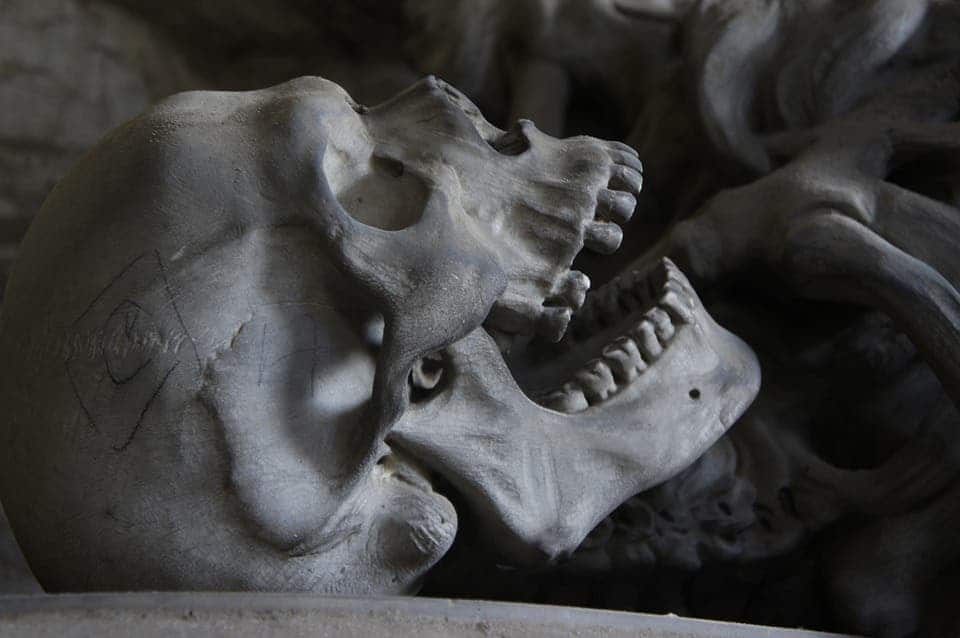The advent of farming, with its ‘softer’ foods compared to previous hunter-gatherer menus, had a subtle but noticeable effect on the shape of human skulls, anthropologists from the University of California, Davis report.

Wild foods generally tend to be rougher than the stuff we’re used to nowadays. In other words, our hunter-forager ancestors had to put a lot more effort into chewing dinner than we do — they had to chew more and more often before dinner got in their bellies. Previous research has shown that there is a connection between skull shape and the advent of agriculture, but they haven’t gone as far as quantifying exactly how these changes developed over time.
So a team from UC Davis, made up of postdoc David Katz, statistician Mark Grote and associate anthropology professor Tim Weaver looked at 559 skulls and 534 lower jaws from over two dozen pre-industrial populations to see exactly how diet altered the shape and size of human skull bones as we transitioned to agriculture.
“The main differences between forager and farmer skulls are where we would expect to find them, and change in ways we might expect them to, if chewing demands decreased in farming groups,” said Katz, who is now a postdoctoral researcher at the University of Calgary, Alberta.
Overall, the team found subtle but noticeable changes in the skulls of communities that grew and consumed dairy, cereals, or both. The greatest effects were associated with groups whose diets included a large percentage of dairy and dairy products, which suggests a direct link between the softness of the food and morphological changes.
However, diet wasn’t the most important factor dictating skull characteristics. For example, the team reports that morphological differences between males and females, or those between individuals eating the same diet but coming from different populations had a more pronounced effect.
It’s interesting to see how our lifestyles play a direct role in our evolutionary path. The effects are less pronounced than “neutral evolutionary processes” such as genetic drift, mutation, and gene flow structured by population history and migrations. But even diet’s more muted contribution to the Homo sapiens we all know and love today shows that we’ve been meddling with our evolution for a long time now — whether we want to or not.
With the advent of genetic engineering, we’re bound to have an even more pronounced influence in the future. Time will only tell what that influence will be.
The paper “Changes in human skull morphology across the agricultural transition are consistent with softer diets in preindustrial farming groups” has been published in the journal Proceedings of the National Academy of Sciences.






